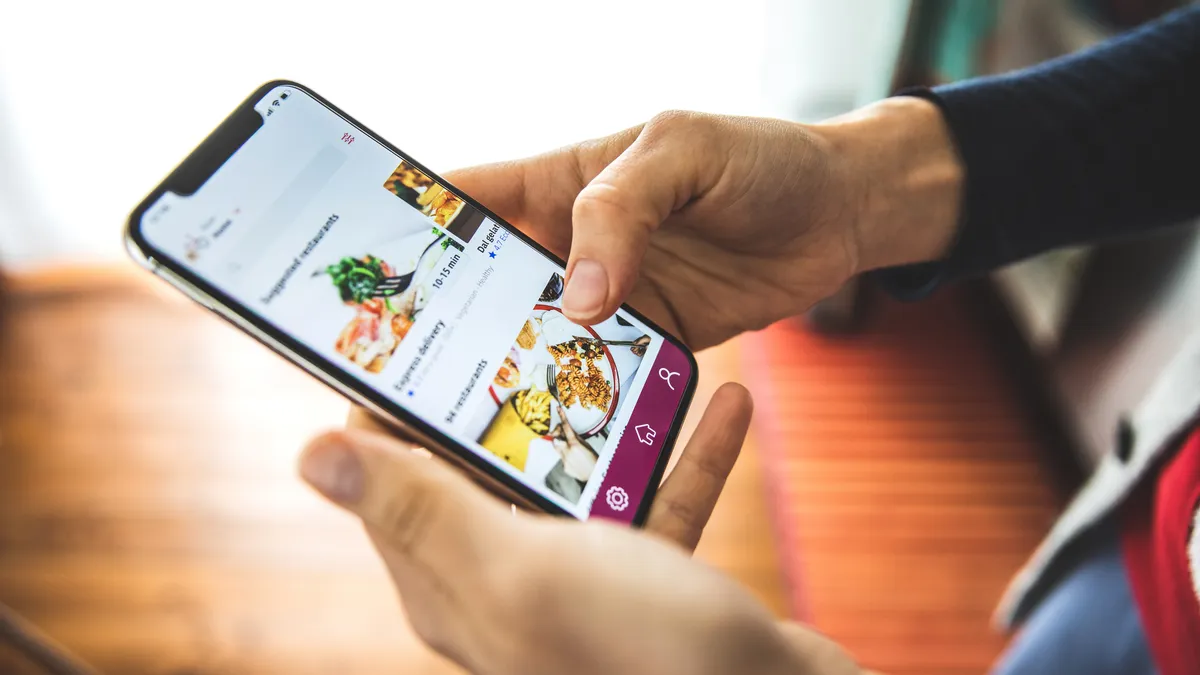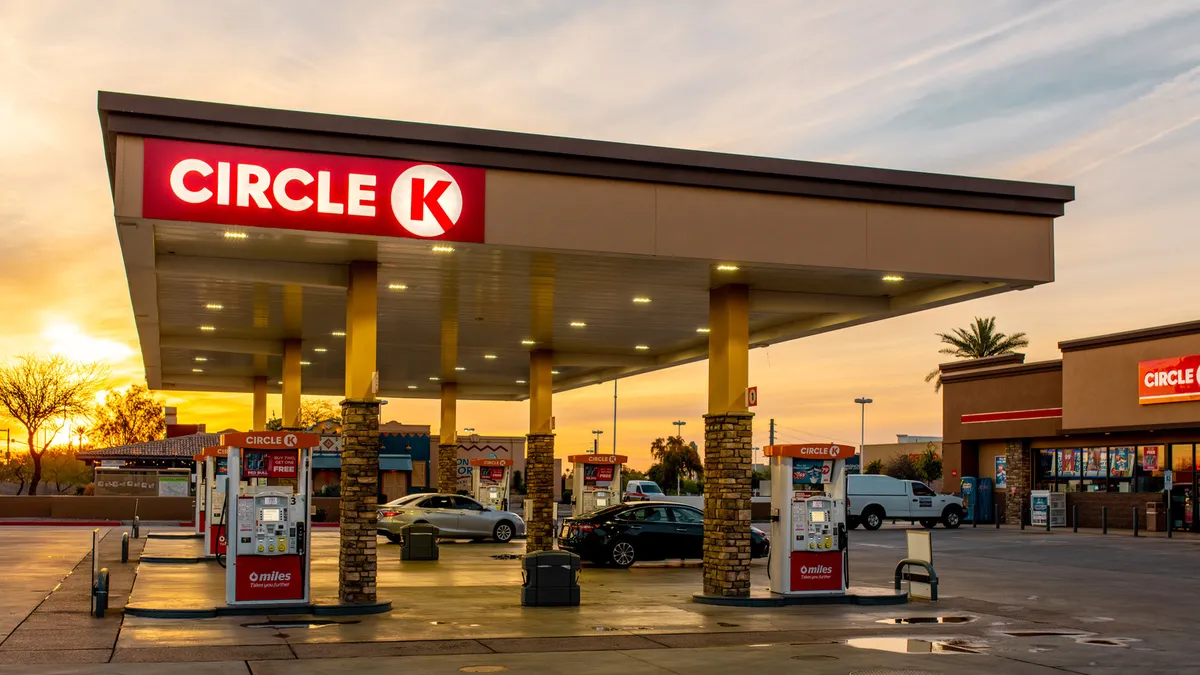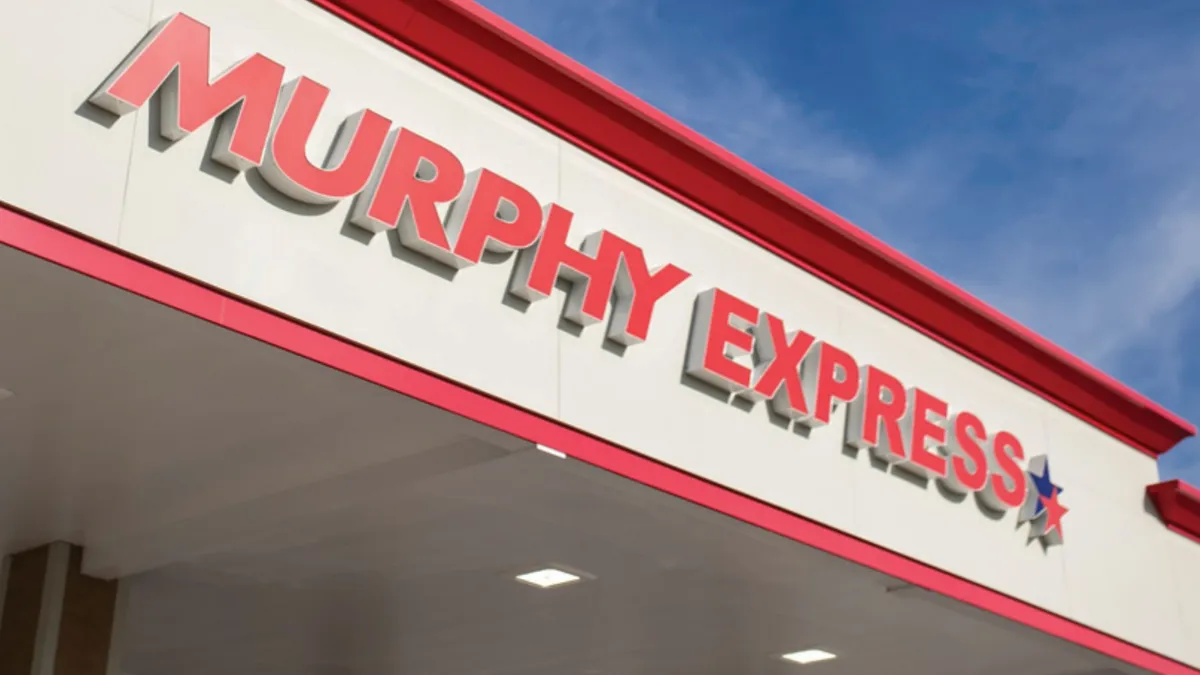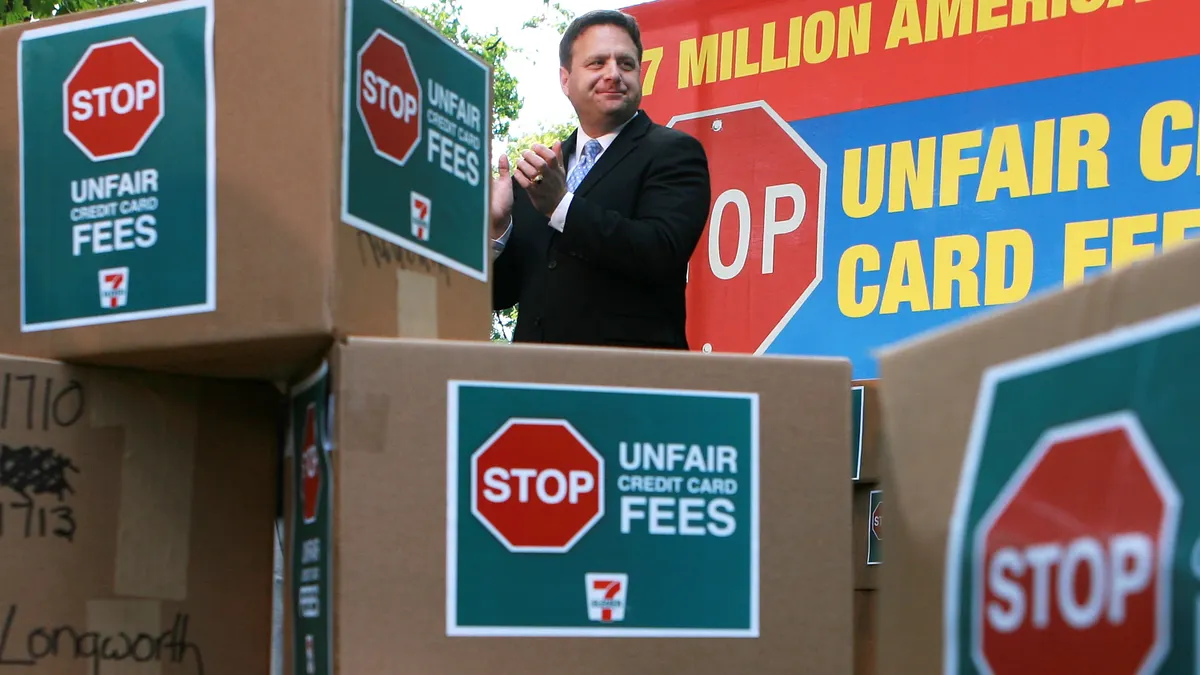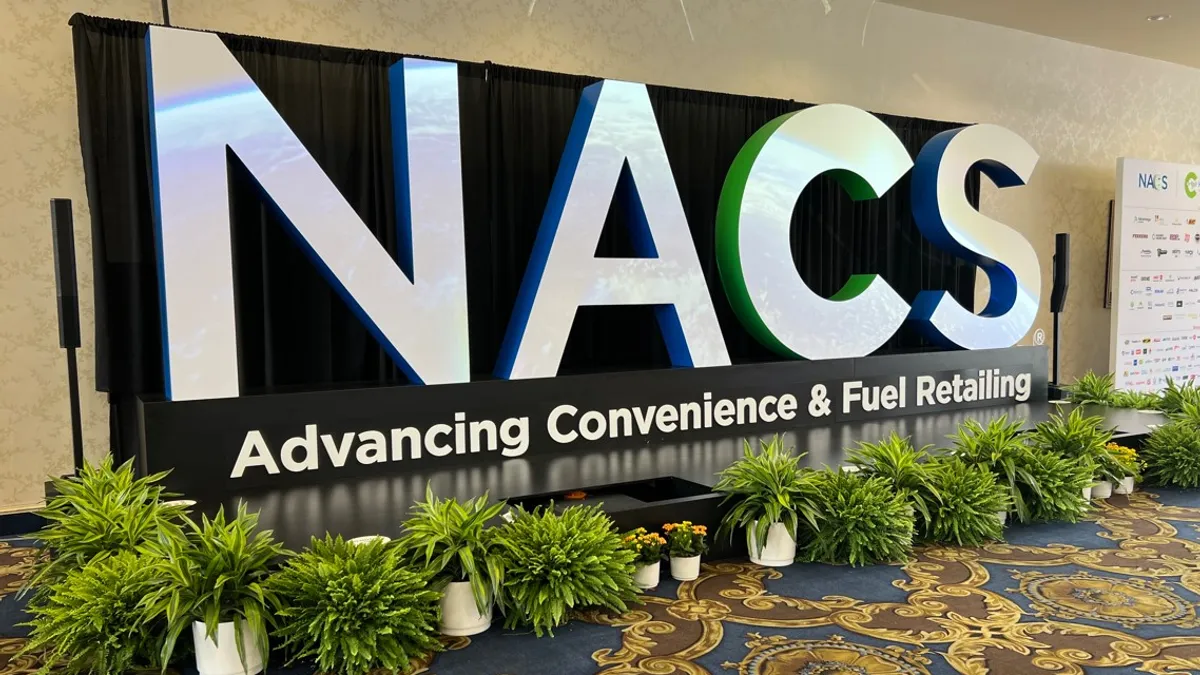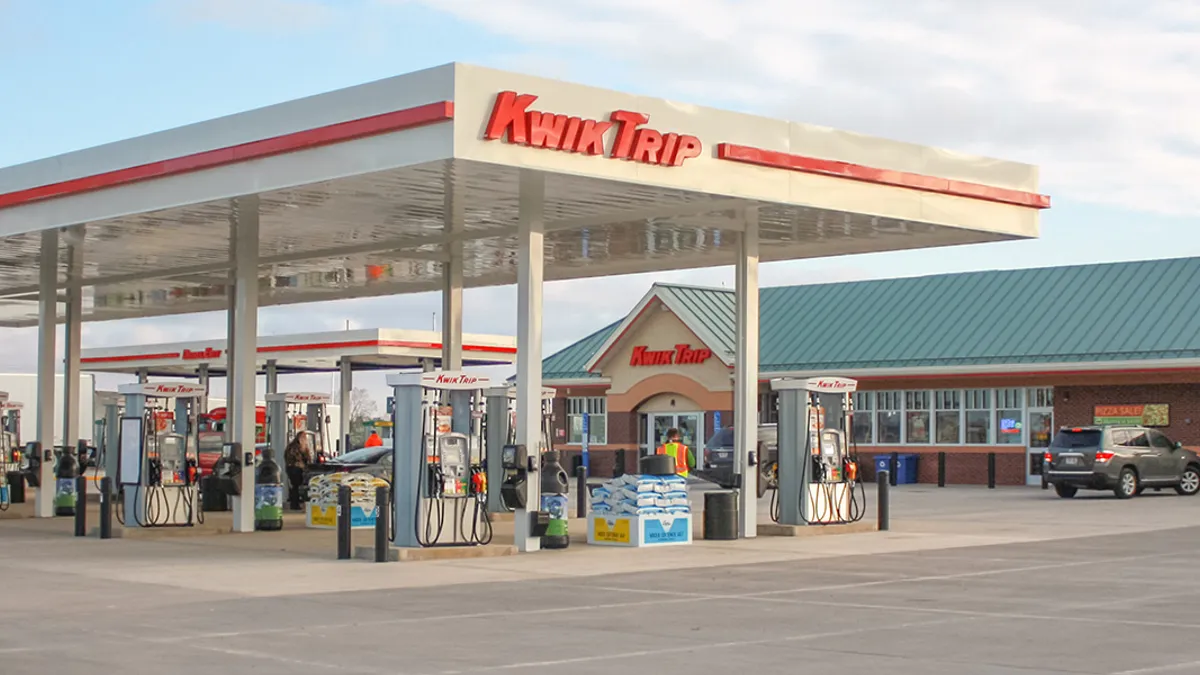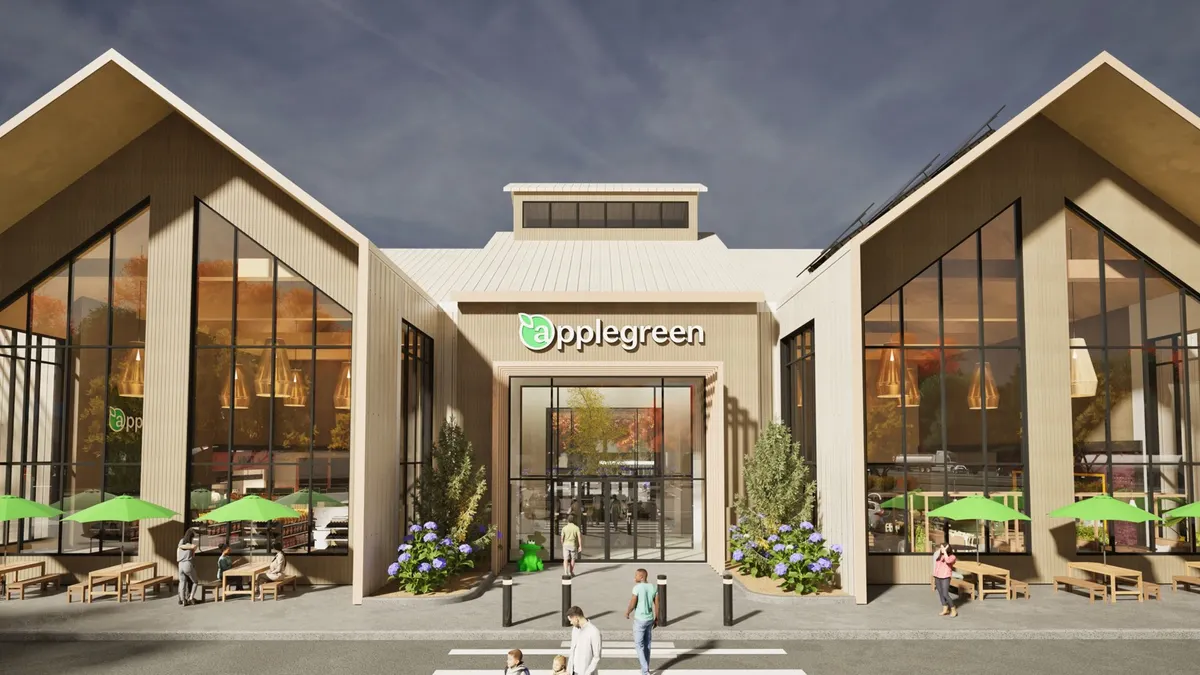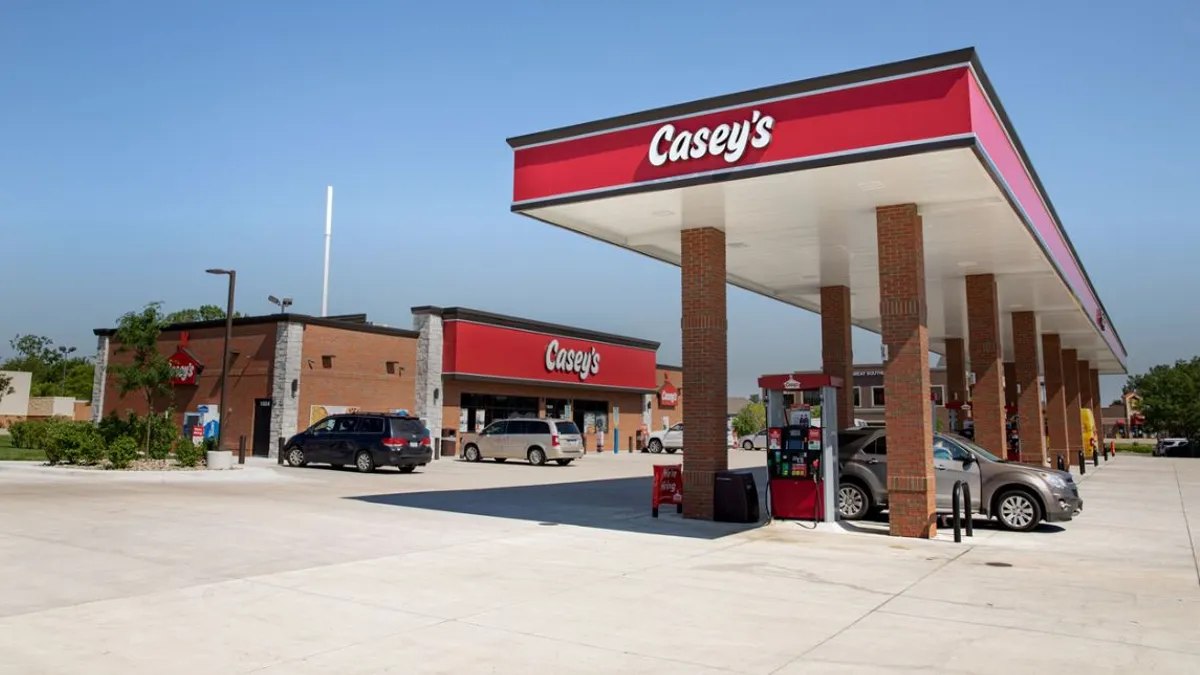Next year, Chipotle plans to continue improving personalization through its rewards program, relying on research and customer data to “deliver relevant experiences that will motivate future purchases in a fun way,” said Jason Scoggins, senior director of customer activation at the burrito chain.
Chipotle isn’t alone. A growing number of restaurant chains have recently launched rewards programs — or overhauled existing offerings — to offer targeted incentives to loyalty members.
Building loyalty is crucial in today’s environment, said Stephen Zagor, principal of Steve Zagor & Associates and an adjunct professor of business at Columbia Business School. Technology has sanitized the customer point of contact process and competition for the dollar is strong, he said. Loyalty programs provide companies with a massive opportunity to connect and build a relationship with their customers amid these pressures.
“Loyalty programs are great at showing company love and appreciation,” Zagor wrote in an email. “They instill a feeling of — I matter — in the customer. It’s like joining a club.”
But not all rewards programs are, or should be, the same. Brands that keep the same rewards without measuring the emotional connection they forge with loyalty members will ultimately lose value and customers, said Rick Camac, executive director of industry relations at the Institute for Culinary Education.
In 2024, restaurants need to better understand their demographics and offer rewards tailored to those groups.
“You need to figure out what the customer will respond to,” Camac said. “How do you make your guests feel wanted, understood and valued?”
Chipotle, for example, has employed a personalized decision engine to determine freebies rewards members can receive through “Freepotle,” a rewards perk the chain debuted at the start of 2023. The loyalty offer gives members in the U.S. and Canada 10 free “food drops” — including beverages, guacamole, double protein in a meal, or chips — throughout the year.
The company has also introduced several real-time interactions and enhanced gamification, including achievement badges diners can earn, to deepen diner engagement, he said.
Chipotle’s rewards program grew almost 14% to more than 36 million members in 2023, Scoggins said. Membership previously grew 20% in 2022, reaching 31.6 million users.
“The rapid growth of Chipotle Rewards is a key indicator that consumers see the massive value in engaging with the program,and we’ve been able to increase purchase frequency among our user base along the way,” Scoggins said.
Tailored experiences can deepen engagement
Loyalty programs have become an increasingly important strategy element for full-service restaurants, coffee shops and fast casual chains.
Gaining customer loyalty is critical for companies today, as consumers are identifying with brands at decreasing rates. According to a recent Salesforce survey, the portion of customers who feel emotionally connected to brands has fallen from 62% in 2022 to 54% in 2023.
Cracker Barrel launched its rewards program in September in an effort to boost stagnant traffic and sales. Through the platform, customers earn a point, or “peg,” for every dollar spent at the restaurant — allowing customers to redeem items such as prepared take-home meals, sides, desserts or retail discounts.
Sweetgreen in April launched a two-tiered loyalty program, which allows diners to sign up for either a free or paid subscription. Through the program, customers can earn rewards, access new menu items and purchase merchandise. The paid service gives members $3 daily discounts on orders, among other perks. The company later allowed members to redeem rewards on in-store orders, as well.
In most cases, loyalty customers make up less than half of a restaurant’s overall customer base — meaning that half, give or take, are not swayed by the perks most programs offer to stay loyal, Camac wrote in an email. Starbucks has one of the most successful programs, he said, with loyalty customers accounting for just under 60% of the coffee chain’s total revenue, the chain shared in November.
Still, fostering loyalty with customers yields higher diner spend among members at a modest cost to a company, Zagor said.
Those programs also generate an immeasurable abundance of customer data that can provide companies with strategic information for future product decisions and the “super-premium goal” of artificial intelligence-inspired customization, he said.
Brands that provide exclusive, personalized experiences at every touchpoint are appreciated by consumers, according to Salesforce’s survey. Companies that have successfully offered personalized experiences for consumers, such as Starbucks, have powered their programs through real-time customer data and A.I., per the survey. That makes it easier for consumers to conduct business with companies, boosting acquisition, retention and lifetime value.
The success of various loyalty program schemes depend on the market segments they target, Camac said. A program that works at Starbucks won’t work at Landry’s or Ruth’s Chris Steak House, for example.
Companies should tie their programs to the interests of their demographic base, he said. For example, a high-end steakhouse could offer exclusive wine tastings to their preferred guests, he said.
“Free coffee would not work necessarily at a steakhouse,” he said.
Rewards programs are evolving to match diner needs
As companies launch new programs, others have made revisions to their existing ones.
To continue capturing loyal customers amid rising menu prices, companies have increased discounts offered through points-for-dollars models. And, to strengthen customer retention, brands have improved their rewards programs with a variety of different schemes, ranging from NFT digital tokens to palm-scanning payment tools.
Pizza chain Pieology in November allowed Pie Life Rewards program subscribers to receive daily perks — such as side salads, cookies, and drinks — when they purchase a craft-your-own pizza. Similar daily perks have been adopted by other chains, like Noodles & Company, over the past year.
In an effort to account for changing market conditions and business costs, Chick-fil–A tinkered with its widely subscribed loyalty program Chick-fil-A One last spring. The fast food chain added new items for redemption to its rewards program, and increased the points values for some rewards. These changes mirrored moves by Dunkin’ and Starbucks, which revised their reward program point redemption systems in 2022 and 2023, respectively.
Not every change has been well received, however. Dunkin’ received pushback from fans and frequent customers pledged to go elsewhere after it increased the accrual rate of loyalty points in 2022, while also increasing the number of points needed to redeem drinks. The move, which placed a greater emphasis on food items, increased the cost of redeeming drinks through the program.
The company said those complaints were not reflective of the attitudes held by most loyalty customers. But the need to continue monitoring and adjusting consumer interests can be critical.
Inflation pressures could, to a degree, change the kind of rewards that people are interested in, said Camac.
“When money is more important, interest shifts to saving dollars as opposed to other rewards,” he said.
And many companies at this point have not yet adjusted their transaction-focused loyalty programs to become more personalized because in the past, creating one took a lot of resources, per the Salesforce survey. Fifty-four percent of retail loyalty programs still offer points-based rewards, the survey found.
Reframing, retiring or adjusting the requirements and rewards for a points-based program can be a tremendous undertaking.
Camac believes that most companies have gotten their loyalty programs wrong, continuing the same tiered programs for too long — reaching a point where most diners take those rewards for granted, and don’t necessarily look at them as a perk.
“It's hard to get excited about a free cup of coffee after buying 10, but I'll take the free cup,” Camac said.


